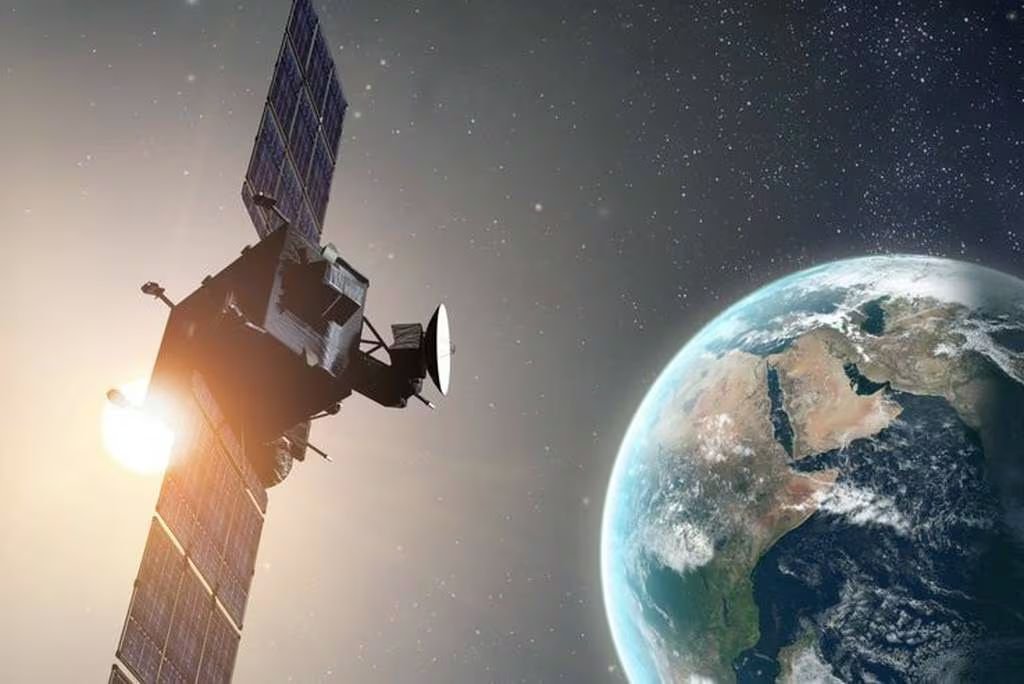
Northrop Grumman and Boeing are developing prototypes for the Evolved Strategic SATCOM program. (Northrop Grumman)
By Sandra Erwin,
Published by Space News, 29 July 2025
Boeing, Northrop Grumman, Viasat, Intelsat and Astranis will receive a combined $37.2 million under six-month contracts
WASHINGTON — The U.S. Space Force has awarded contracts to five companies to develop satellite communications concepts for a new geostationary constellation, the service announced July 28.
Boeing, Northrop Grumman, Viasat, Intelsat and Astranis will receive a combined $37.2 million under six-month contracts to advance system designs and demonstrations for the Protected Tactical Satcom-Global (PTS-G) program. The awards were made by the Space Force’s Space Systems Command, which selected the companies from a field of eight bidders.
The Space Force said it plans to select a PTS-G design and award a production contract in 2026 for the first satellite that would launch in 2028, “putting the first PTS-G satellite in orbit. “A second wave of production awards for additional PTS-G satellite capability is planned for 2028, with launch planned for 2031,” the Space Systems Command said.
PTS-G is the spacecraft component of the broader Protected Tactical Satcom (PTS) initiative, which is aimed at providing secure, jam-resistant military communications in contested environments. The program is focused on building a distributed constellation of geostationary satellites that can operate in military Ka-band and X-band frequencies. These bands are reserved for military use and offer advantages in performance and resistance to interference.
PTS-G seeks to leverage commercial small satellite platforms adapted for geostationary operations. Unlike traditional bespoke military satellites, which often require a decade or more to design, build and launch, PTS-G aims to field capabilities incrementally. Officials said the approach is intended to reduce cost and complexity while allowing faster deployment of new technologies.
The Space Force did not disclose individual contract values for each company. The current phase is scheduled to be completed by January 2026.
“During the first delivery order, each awardee will mature a design and provide demonstrations based upon their established commercial product lines, to meet PTS-G requirements,” the Space Systems Command said July 29. “The results of this initial order will inform subsequent competition for follow-on production orders.”
Officials said PTS-G represents a shift toward more agile space-based communications infrastructure. The future PTS-G satellites would be integrated with the Protected Tactical Enterprise Service (PTES) — the ground segment of the broader PTS system. While PTS-G will initially focus on providing coverage in select regions, it is expected to expand to global operations over time.
“Our PTS-G contract transforms how SSC acquires satcom capability for the warfighter,” said Cordell DeLaPena Jr., program executive officer for military communications and positioning, navigation and timing.
PTS-G is now the only satellite procurement in the PTS program after the service cancelled a parallel effort, known as PTS-R. That initiative had aimed to field additional protected communications satellites but was recently terminated.
See: Original Article





